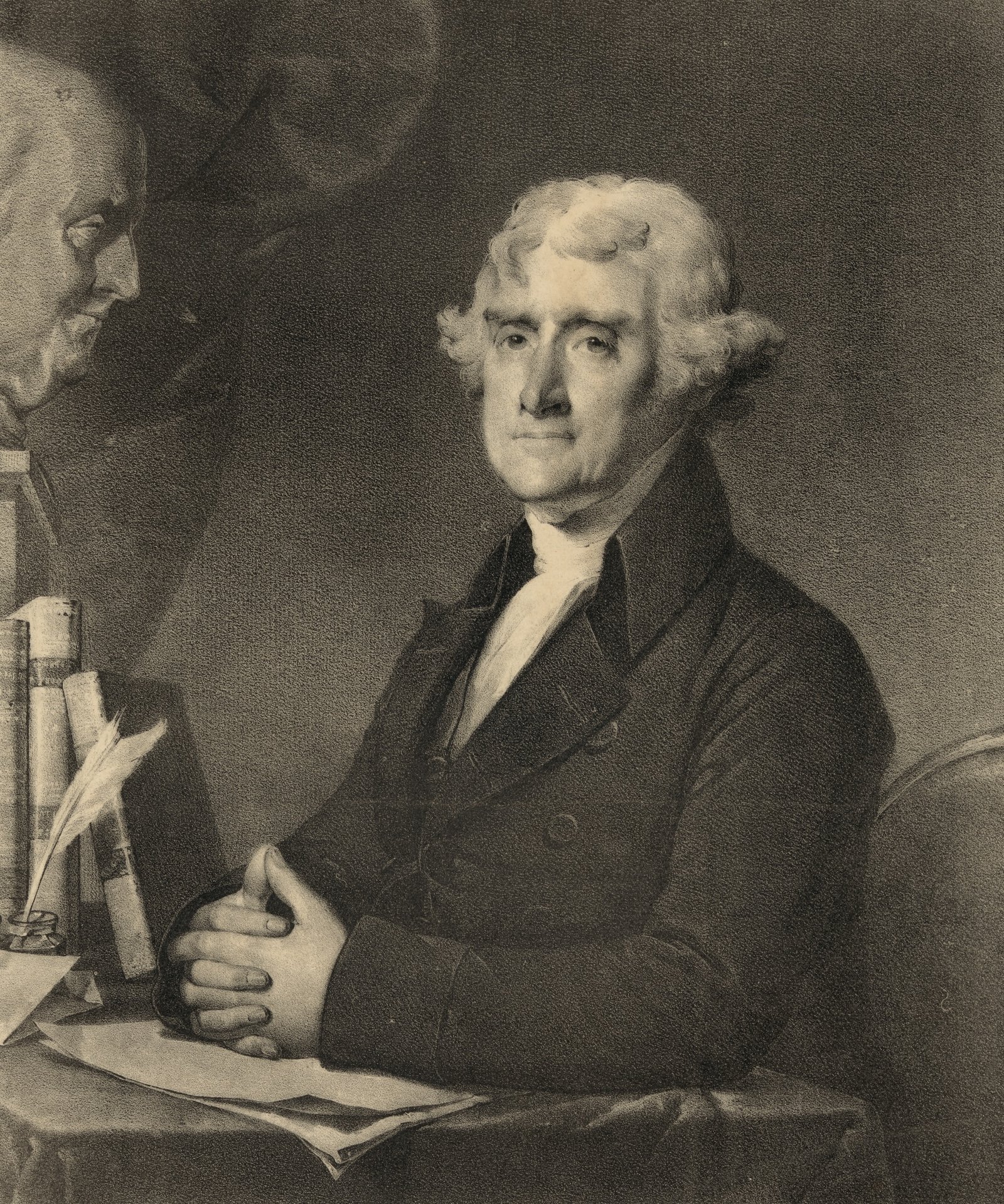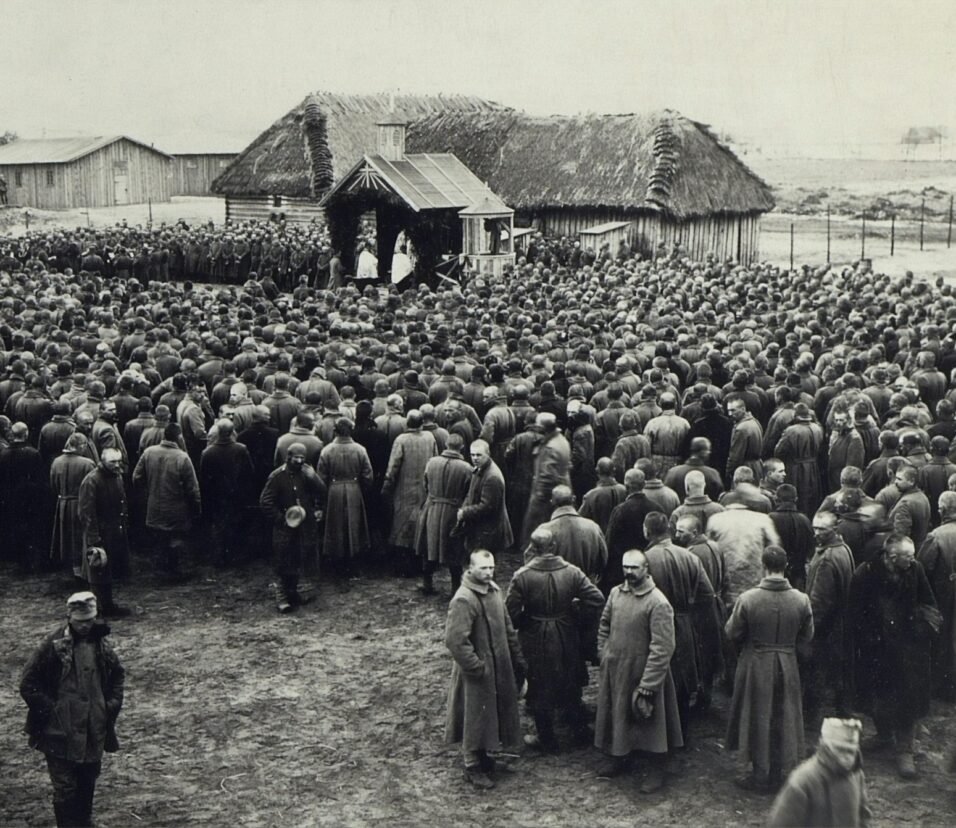Manifest Destiny and Westward Expansion
In the early years of the United States, a term coined in the 19th century set the stage for its westward growth: “Manifest Destiny.” This belief proclaimed that America was destined—by God, some asserted—to span the entirety of the continent, from the Atlantic to the Pacific. As the nation expanded its boundaries westward, a series of events, policies, and impacts evolved, shaping the US as we know it today. This journey of westward expansion, fueled by Manifest Destiny, presents a captivating chronicle of ambition, conflict, and change.
The Concept of Manifest Destiny
The term “Manifest Destiny” was first coined by journalist John L. O’Sullivan in 1845. He argued that the United States had a divine mandate to expand its territories. Though the phrase was new, the idea had been brewing for years. Many Americans believed that it was the nation’s destiny to occupy and civilize the entire continent. This notion was wrapped in a mix of patriotism, ambition, and a sincere belief in the superiority of American culture and institutions.
The Push Behind the Expansion
Several factors motivated this push westward:
- Economic opportunities: The fertile lands in the west promised prosperous farming. Additionally, there were gold rushes in California, Colorado, and other western areas.
- Population growth: The eastern states were becoming crowded. Moving westward allowed families to claim larger tracts of land.
- Technological advancements: Innovations like the steam engine made transportation more accessible and accelerated migration.
The Louisiana Purchase and Lewis and Clark Expedition
The dream of expansion took a significant leap in 1803 with the Louisiana Purchase. President Thomas Jefferson bought vast territories from France, nearly doubling the size of the US. To explore these new territories, Jefferson dispatched Meriwether Lewis and William Clark. Their expedition, which lasted from 1804 to 1806, provided valuable information about the western territories and paved the way for future explorers and settlers.
Trails Westward
Pioneers journeyed west using several trails, with the Oregon Trail being the most famous. Thousands braved this route, facing severe weather, diseases, and other perils in search of a better life.
The Philosophical Foundations of Manifest Destiny
Manifest Destiny was more than just a popular catchphrase; it was a deeply held belief rooted in several philosophical ideas:
- Religious Justification: Many settlers believed they were on a God-given mission to spread Christianity and ‘civilized’ values across the continent.
- Racial Superiority: The concept was imbued with ethnocentric views. White Americans considered their culture superior, justifying the displacement of Native American tribes and the conquest of Mexican territories.
Key Legislation and Treaties
Several pieces of legislation and treaties were crucial in shaping the westward movement:
- Homestead Act (1862): This law offered 160 acres of land to anyone willing to farm it for at least five years. It attracted thousands, including immigrants, to move westward.
- Treaty of Oregon (1846): The U.S. and Great Britain agreed to split the Oregon Territory at the 49th parallel, avoiding potential conflict.
Economic Boom and the Gold Rush
The discovery of gold in California in 1848 triggered a rush of settlers and prospectors hoping to strike it rich. Towns sprang up overnight. The promise of wealth was a significant pull factor in westward migration.
Native American Displacement and Reservations
The expansion had devastating impacts on Native American communities:
- Reservation System: As territories were occupied, Native Americans were often relocated to specific areas or reservations, where many continue to live today.
- Cultural Erosion: Forced assimilation policies, like boarding schools, aimed to eradicate Native American languages, religions, and customs.
Challenges of the Frontier Life
Life on the frontier was not easy:
- Isolation: Settlers often find themselves far from neighbors or towns, leading to feelings of solitude.
- Hard Labor: Tilling the land, building homes, and surviving required intense manual work.
- Disease: Without proper medical facilities, illnesses like cholera spread rapidly.
Conflicts and Consequences
Westward expansion wasn’t without consequences. Native American tribes were displaced, leading to a series of conflicts:
- Indian Removal Act: This 1830 policy led to the forced relocation of Native Americans, notably the Cherokee’s Trail of Tears, where thousands died during the journey.
- Mexican-American War (1846-1848): Stemming from territorial disputes in Texas, this war ended with the Treaty of Guadalupe Hidalgo, giving the US vast territories in the west.
The Role of the Transcontinental Railroad
Connecting the eastern states with the western frontier, the Transcontinental Railroad was completed in 1869. This achievement made it easier to transport goods and people across the country, further intensifying westward migration.
Impacts of Westward Expansion
- Economic growth: The new territories brought wealth in terms of resources and trade opportunities.
- Cultural assimilation and clashes: As settlers moved west, they carried their traditions, but also clashed with indigenous cultures.
- Environmental impacts: Overfarming and overgrazing led to soil degradation, notably the Dust Bowl of the 1930s.
Conclusion
Manifest Destiny and the subsequent westward expansion changed the face of the United States, molding it into a continental power. While it brought prosperity and growth, it also came at significant costs, particularly for Native Americans and the environment.
In reflecting on this period, it becomes clear that the actions of a nation and its people, driven by belief and ambition, can leave lasting footprints. The story of westward expansion is not just one of territory but also of the human spirit, resilience, and the complexities of progress.







